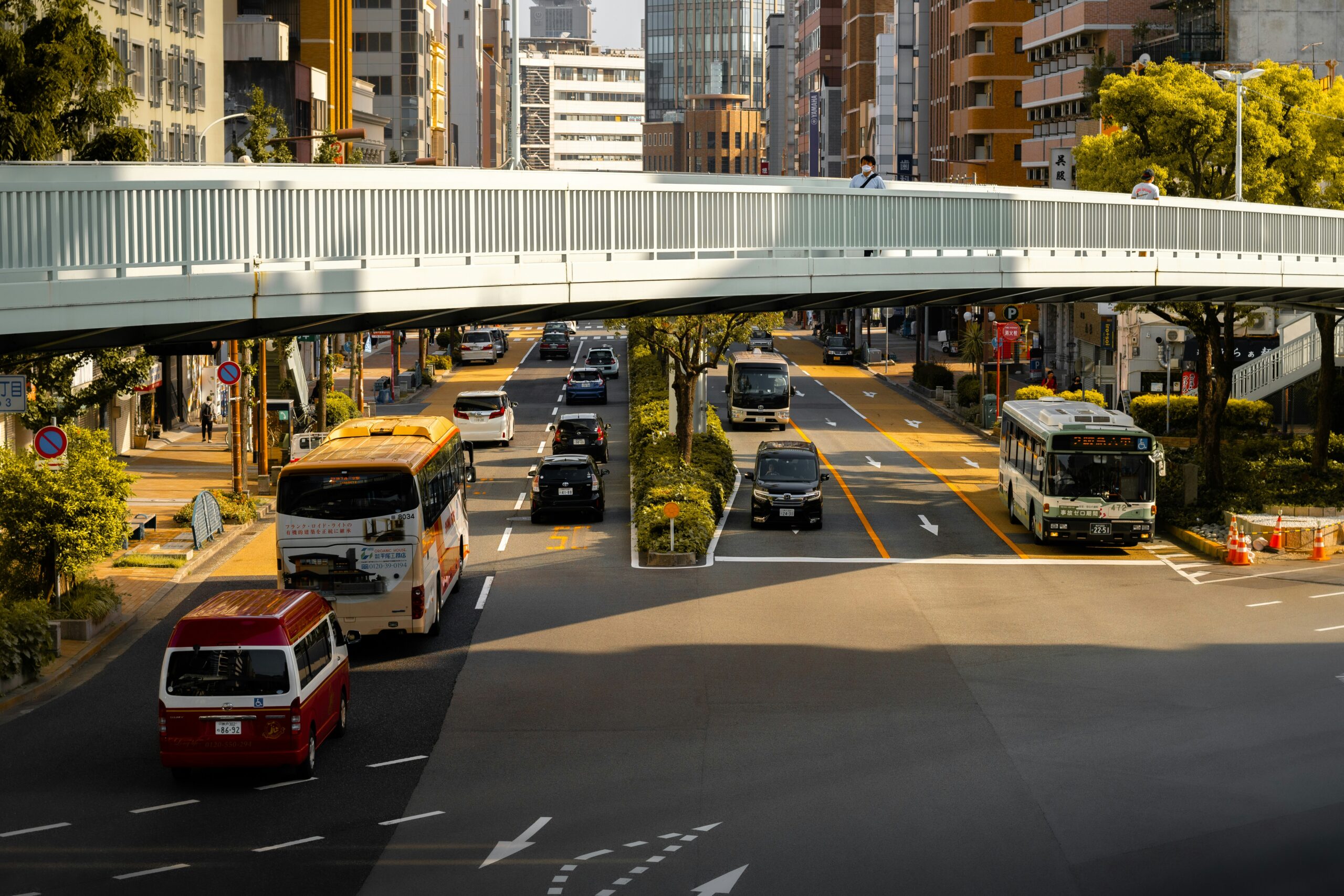
Smart cities are urban areas that use digital technology to improve city services and quality of life. They use sensors, data analytics, and real-time communication to manage infrastructure, traffic, and resources. One of the most important areas they are changing is commercial transportation.
Commercial transportation includes trucks, delivery vans, and freight systems that move goods from one place to another. As smart cities grow, they will transform how these systems work. This change will help businesses save time, reduce fuel use, and improve delivery speeds. It will also make city streets safer and cleaner for everyone.
Smart cities are no longer just a dream. Cities like Singapore, Amsterdam, and New York are already using intelligent systems to manage traffic and improve logistics. As more cities follow this path, commercial transportation will become faster, more reliable, and more sustainable.
Real-Time Traffic Management Will Reduce Delays
One significant way smart cities will change commercial transportation is through real-time traffic management. Intelligent traffic systems use sensors, cameras, and GPS data to monitor traffic flow. These systems then send updates to traffic lights and road signs to ease congestion.
For commercial drivers, this means less time stuck in traffic. Delivery trucks and freight vehicles can avoid traffic jams by taking the fastest routes. Intelligent routing software, which is part of many innovative city systems, can guide drivers using live traffic data. This cuts down on travel time and lowers fuel costs.
In smart cities, some roads are reserved for commercial vehicles during peak hours. This helps goods move faster without mixing with heavy car traffic. By doing this, cities can support local businesses while also keeping traffic under control.
Safer Roads Through Smart Infrastructure
Smart cities also use intelligent infrastructure to improve road safety. This includes smart streetlights, crosswalks, and road sensors that collect data and respond in real time. For commercial transportation, this is a big deal.
For example, smart streetlights can brighten or dim based on activity. If a large truck is approaching an intersection at night, its lights can be illuminated for better visibility. Smart crosswalks can alert drivers when pedestrians are nearby. These systems help reduce accidents and keep both drivers and citizens safe.
In addition, smart roads can detect damage or potholes and send alerts for repairs. This prevents wear and tear on commercial vehicles, saving money on maintenance. Over time, safer and well-maintained roads will lead to fewer breakdowns and delays in deliveries.
Smart Parking and Loading Zones Will Improve Efficiency
Parking and loading are significant challenges for commercial vehicles in busy cities. Delivery drivers often waste time searching for legal parking spots or unloading goods in unsafe areas. Smart cities are addressing this issue through smart parking and loading zone technology.
Smart sensors can track which parking spots are free and send this information to drivers. Some cities also have innovative loading zones that are available for short-term stops. These areas can be reserved in advance using mobile apps.
For businesses, this means more efficient deliveries and fewer parking tickets. It also reduces the need for double-parking, which often blocks traffic and causes safety issues. By organizing where and when trucks can load or unload, smart cities help make commercial transportation smoother.
This system is already being tested in cities like San Francisco and Barcelona, where delivery drivers can book loading spaces ahead of time. As these systems expand, they will play a key role in supporting e-commerce and logistics.
Cleaner Transportation with Electric and Autonomous Vehicles
Smart cities are focused on becoming more sustainable. One way they will transform commercial transportation is by supporting electric and autonomous vehicles.
Electric trucks and vans produce less pollution than gas-powered vehicles. Many smart cities are building charging stations across urban areas to support electric fleets. Some towns may even give priority lanes or parking discounts to electric delivery vehicles.
Autonomous (self-driving) vehicles are also part of the future of smart cities. These vehicles use sensors and AI to drive safely without a human behind the wheel. For commercial transportation, this means 24/7 delivery without the need for rest breaks. Autonomous trucks can move goods during off-peak hours, avoiding traffic and lowering costs.
While full adoption of autonomous vehicles may still take time, smart city infrastructure is already being designed to support them. Dedicated lanes, smart traffic signals, and AI-based navigation tools will all help these vehicles operate smoothly in urban settings. Together, electric and autonomous vehicles will make commercial transportation cleaner, quieter, and more efficient.
Data-Driven Logistics Will Improve Planning and Delivery
Smart cities collect large amounts of data every day — from traffic patterns to weather conditions. This data can be used to support data-driven logistics in commercial transportation.
Logistics companies can analyze this data to make better decisions about delivery routes, schedules, and cargo loads. For example, by studying delivery trends, a company might learn the best times to send trucks to certain areas. This reduces wasted trips and makes deliveries faster.
Smart city data can also help companies plan for delays caused by construction, special events, or bad weather. Instead of reacting to problems after they happen, businesses can prepare ahead of time.
Data sharing between city systems and private companies is key to this process. When cities and businesses work together, both can benefit. The city benefits from reduced congestion and pollution, while the company enjoys faster deliveries and lower costs. Many logistics platforms are now integrating city data into their software. As this becomes more common, businesses will be able to offer better service with fewer resources.